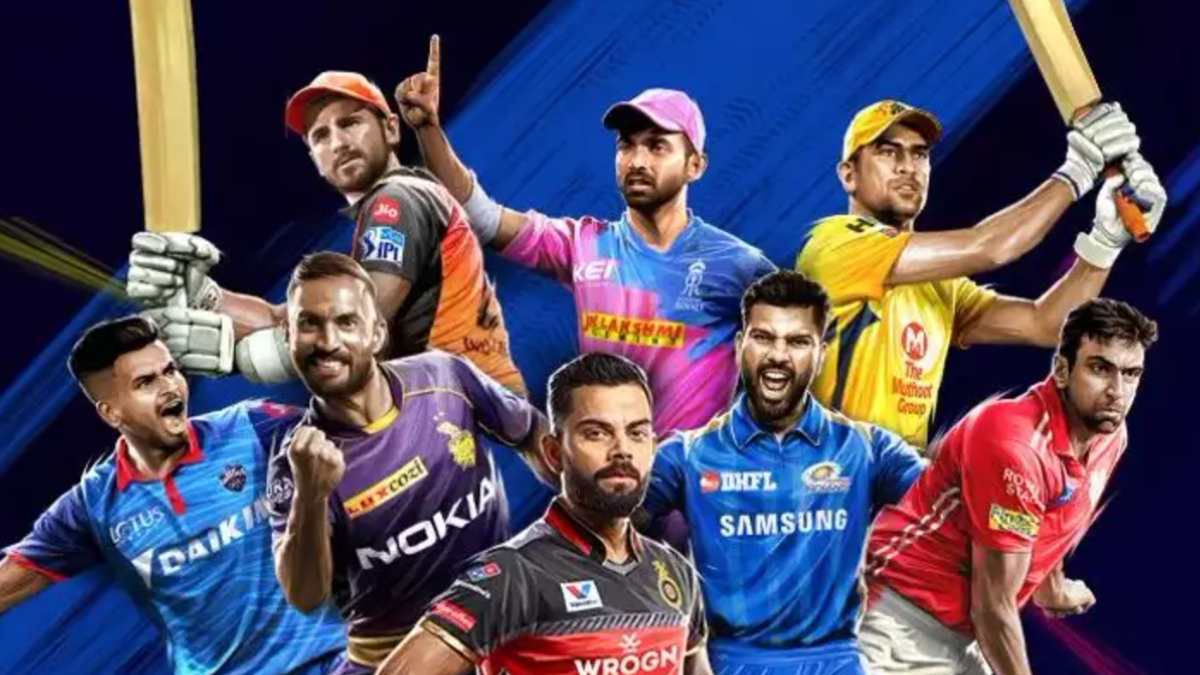


Sports have become a leading global business. The 1990s saw a huge surge in sports business and this period was known as the “golden age of sports”. The worldwide market spending on sports, fitness, and related activities is constantly spiralling. In the 21st century, it’s very expensive to organise, develop and sustain sports.
It is a challenging task to manage land and maintain and build stadiums in an effective manner, with costly furnishing and apparatus needing constant replacement. Sports require philanthropists, patrons, or sponsors.
Sponsorship is a profitable investment in sports. Sport is no longer sheer play, which is the involvement in an activity where the source of pleasure is participation rather than the outcome. The contemporary sport is not linked with religious ceremonies either, as was the case in the ancient time.
The time has changed and with that the value of sports has drastically changed. Active participation in competitive sports, fitness activities not only builds a healthy body but also a healthy mind. This will prepare the young to come to terms with the changed environment sportingly.
Today we stand at a threshold of an entirely new and yet an unknown world which will enable us to withstand the rigours of future challenges. There are individuals in a remote village, tiny town, city, and metropolitan city around the world, who desire to become a celebrity in sports. They are both boys and girls who take to sport not merely to pass their leisure time. No doubt, they can become champions and torch-bearers in different sporting events. Indian cricketers get rich through the profit from sports.
One of the most unpredictable success stories in Indian sports marketing of all time was in Kabaddi. The game is on the rise in foreign shores like Canada, the US, New Zealand, Australia, and England. Sport is speedily expanding widespread and it remains an organized huge business in developed economies. The arrival of the Cable TV networks in the early 1990s ushered some changes, as exclusive sports channels brought the essence of world sports events in the drawing-room or living room of the sports fans.
Unfortunately, cricket passionate in the 19th century got little support from British Colonial Army. Sport has got entangled with commerce after the economic liberalisation of the 1990s and the rapid stretch of satellite small screen (TV). The Indian Premier League (IPL) and Twenty-20 cricket (T20) have brought mind-blowing riches to the Indian subcontinent and world over. Cricketers have shattered hurdles of caste, creed, and region to emerge as a symbol of trust. The high profile IPL is the hottest property in world cricket right now.
The IPL has become bigger. Every edition gives a glimpse of budding talent and provides them with an appropriate time to showcase their cricket skills in the biggest sports arena. During its 17 years of existence, the IPL has come to be known as much for its high voltage action. The IPL began in 2008. The 13th season of IPL started off in the United Arab Emirates (UAE) — Dubai, Abu Dhabi and Sharjah — and will go on till 10 November. Eight teams are playing 60 matches in bio-bubble cricket.
No crazy crowds are physically present due to the risk of Covid-19. However, 20 crore viewers, reportedly the highest-ever, watched the inaugural match between Mumbai Indians versus Chennai Super-Kings at Abu Dhabi. In this match, the former champion Chennai Super Kings outplayed defending champion Mumbai Indians by five wickets.
T-20 will be played in the UAE for over 53 days. Infact, around 80% of the International Cricket Council (ICC) earning is now estimated to come from India and the Board of Control for Cricket in India (BCCI) is now the richest cricket body in the world. At present, the bulk of the BCCI’s income comes from television rights.
The huge money that television has generated for cricket has converted India into the financial hub of the cricket-centric industry of the world.
The writer is a former Associate Professor of University of Delhi and a consultant at the Limca Book of Records